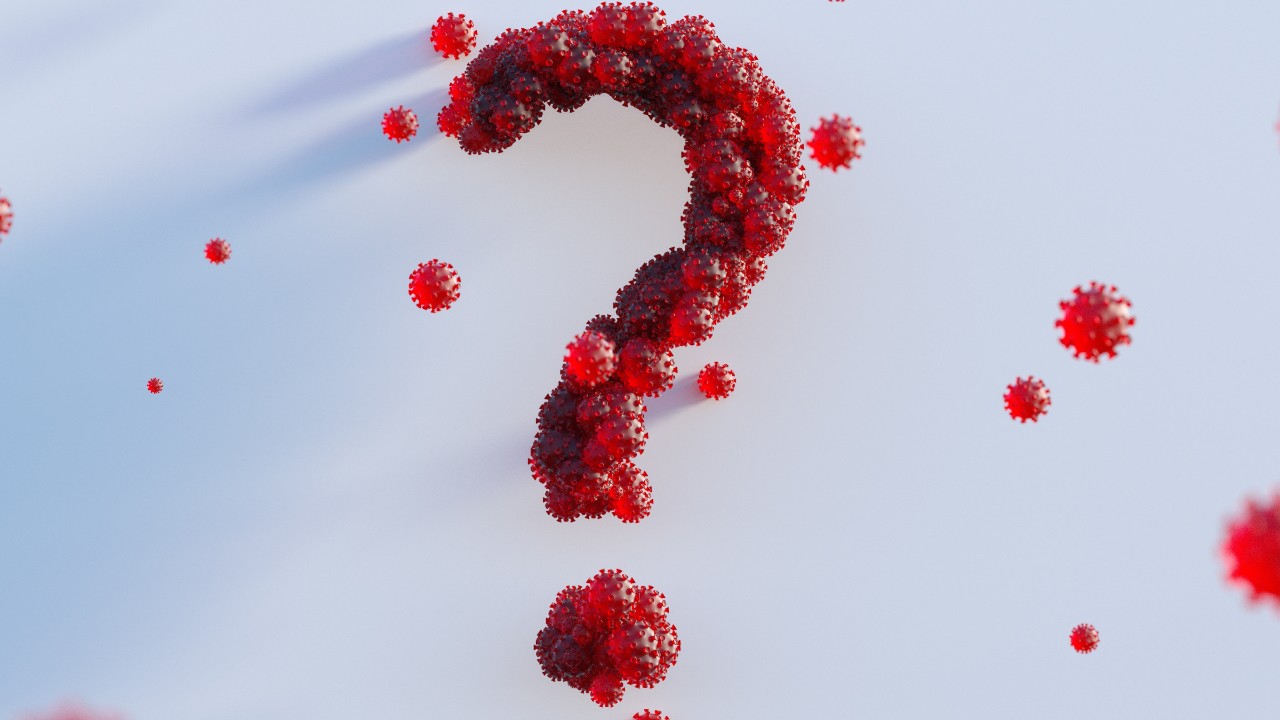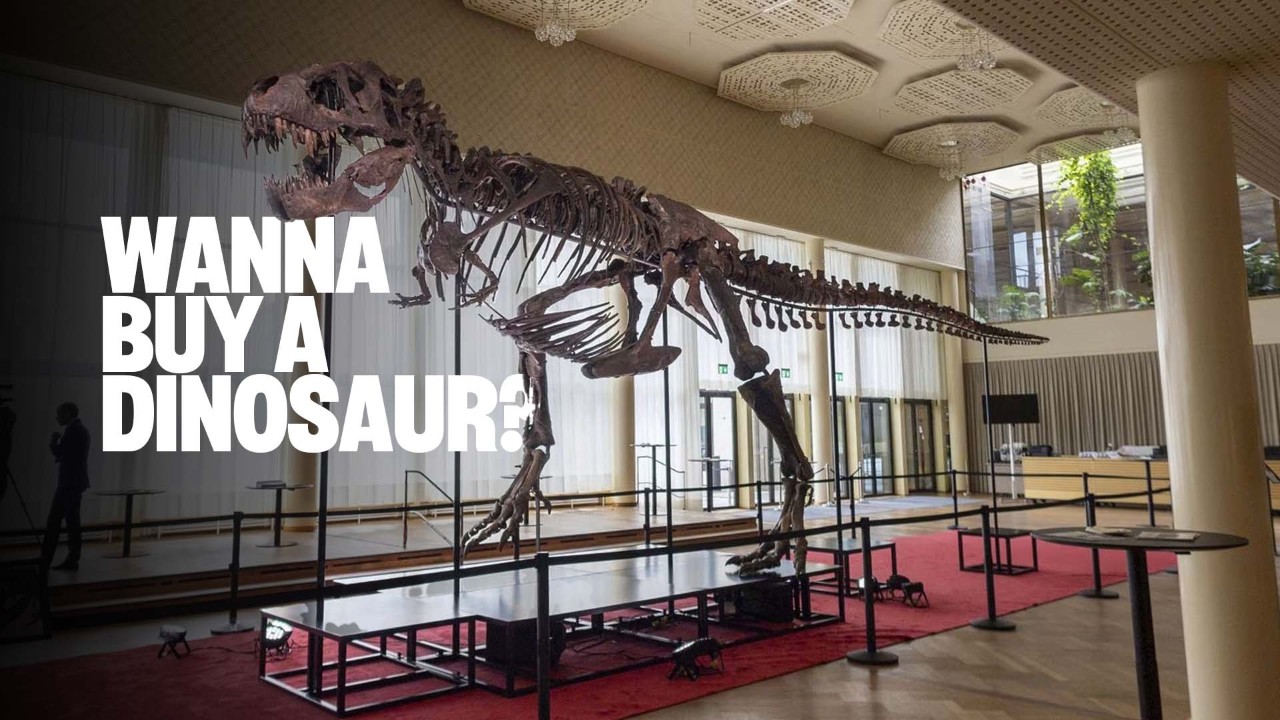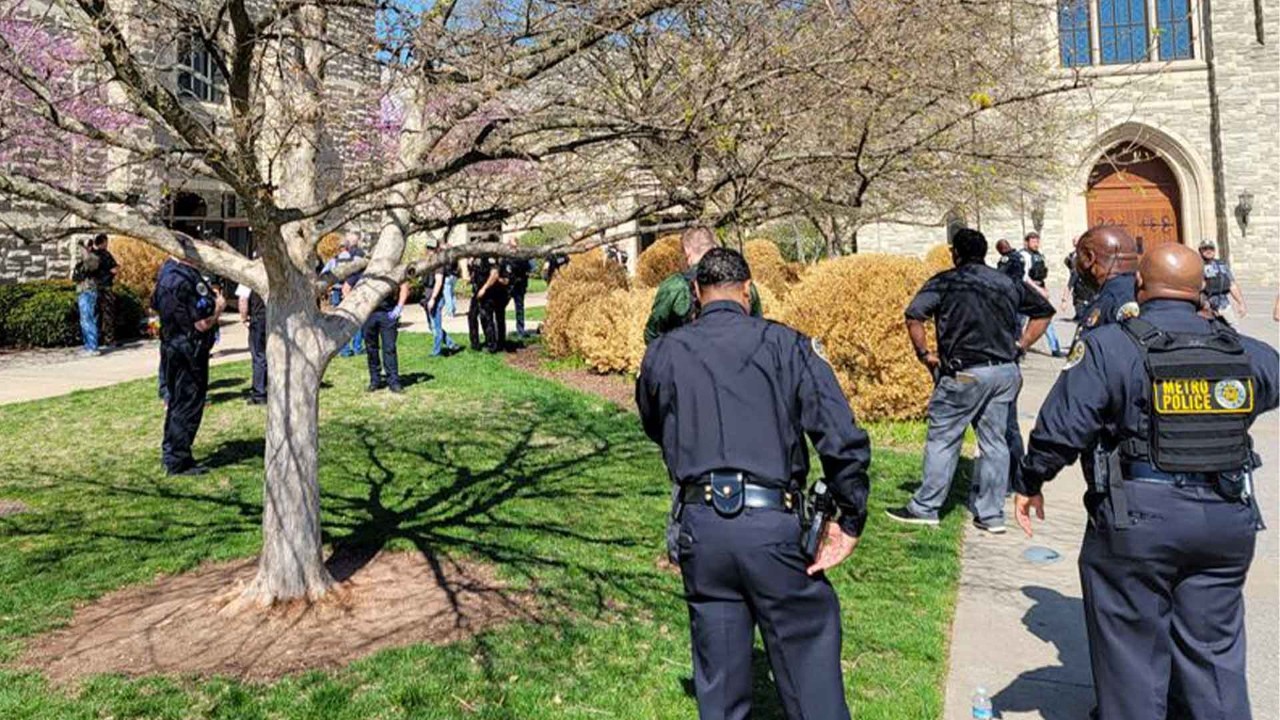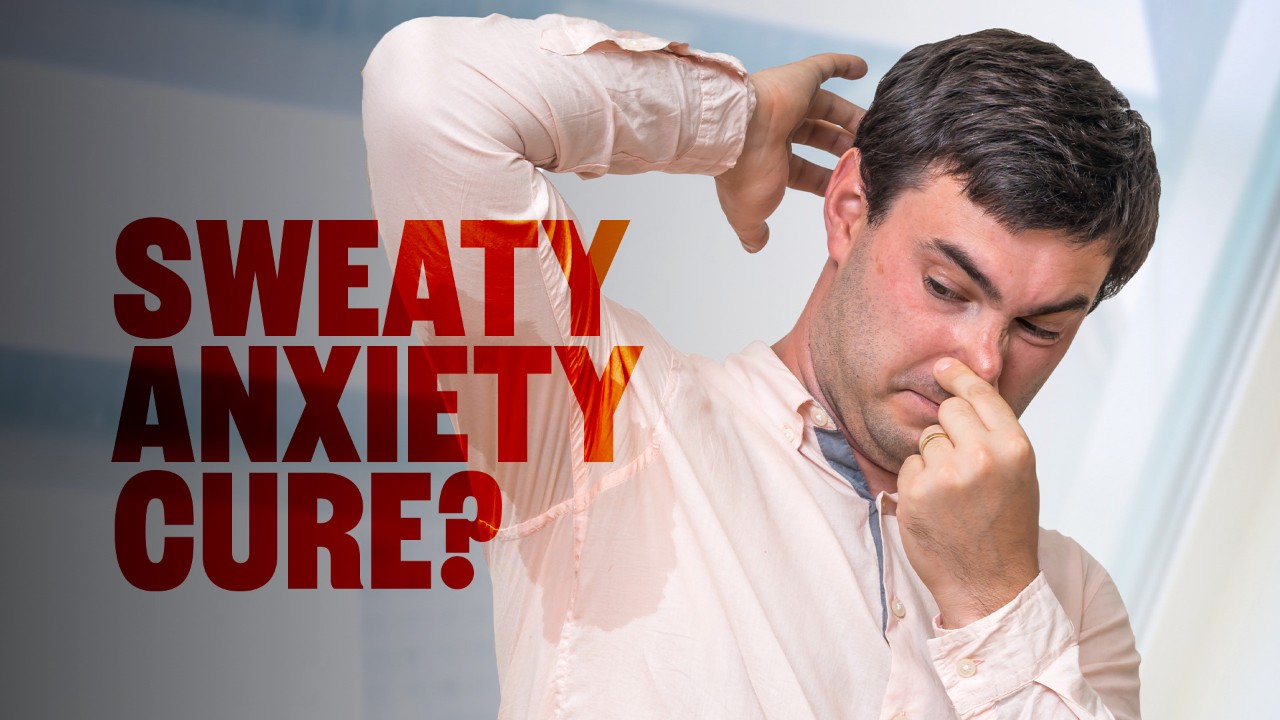The origins of COVID-19 remain somewhat controversial - but new studies have bolstered the theory that the virus emerged from the wild, and not a lab.
Scientists say there is compelling evidence a seafood and wildlife market in the Chinese city of Wuhan was in fact at the centre of the outbreak in 2019.
With more, here’s our World News Editor Kate Gregan.
Over the last two years, the search for the origin of the deadly pandemic has often turned into a toxic political row
The theory that the virus came from a lab was often peddled by former US President, Donald Trump and former Secretary of State, Mike Pompeo.
But two new studies - which take totally different approaches - have arrived at the same conclusion.
Research suggests the market was the epicentre of the virus, not a lab.
The studies re-examined information from the start of the pandemic.
One shows that the earliest known cases were clustered around the Huanan seafood and wildlife market.
Michael Worobey from the University of Arizona is one of the lead authors.
"We could see this exquisite signal that they were clustered very near to and surrounding the Huanan market in a way that was statistically off the charts. Very clear that these cases were centered on and diffusing into the local community from the earliest time point from there."
The other uses genetic information to track the timing of the outbreak.
Together, the researchers say the evidence paints a picture that the virus was probably present in live animals sold at the market in late 2019.
They say it was then transmitted into people who were working or shopping there in two separate "spillover events", where a human contracted the virus from an animal.
They say the animals were held close together and could have easily exchanged germs – but they couldn’t determine which animals may have been sick.
Many scientists agree that crowded, live animal markets provide an ideal transmission hotspot for new diseases to "spill over".
And in the 18 months leading up to the beginning of the pandemic, a separate study showed that nearly 50,000 animals - of 38 different species - were sold at markets in Wuhan.














